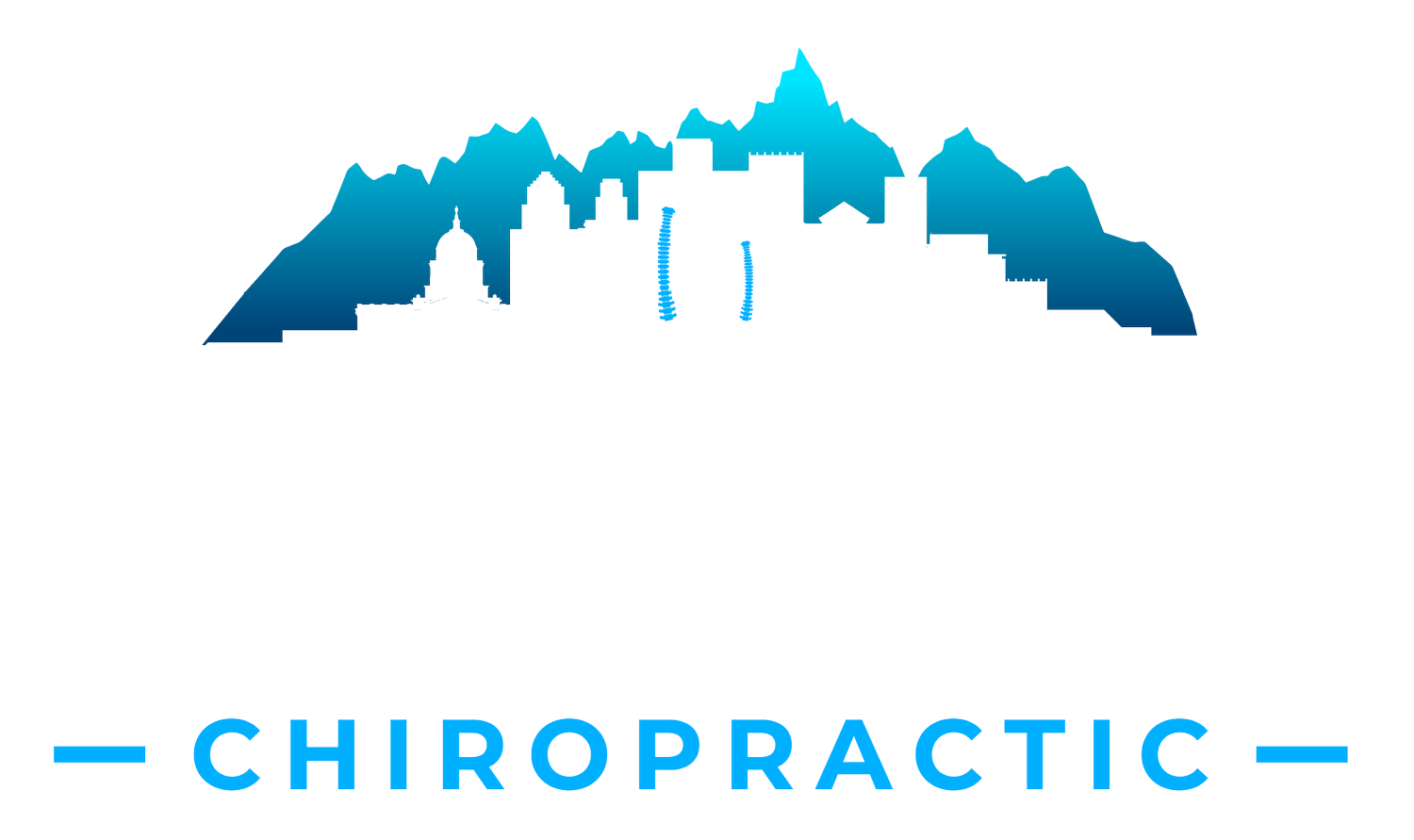
Your first visit
When you visit our office for the first time, you will fill out basic information about yourself, and sign any applicable forms. You will fill out a pain chart to show us where your problems are, and how you would rate your pain or dysfunction.
After that, you will be taken to the examination room where Dr. Bench will sit with you to discuss your history and why you have visited us. This is an important part of your first visit.
After this, Dr. Bench will talk to you about how chiropractic works, and our philosophy of treatment. He then will perform an in-depth chiropractic/orthopedic and brief neurological examination to determine if your case can be handled with chiropractic care. If so, treatment will be recommended and explained.
Be assured that Dr. Bench only accepts those patients he believes he can help, but it is necessary for the patient to follow through with timed treatment recommendations to get the best results in the shortest amount of time.
Things You Will Need
Please bring in any information or tests/x-rays you may have that will help us to evaluate you better. Many of our patients are referred by their medical doctor and if this is the case, Dr. Bench will send a report to your doctor to notify them of his findings and recommendations for treatment. Even if you are not referred, you may request that Dr. Bench send this information anyway.
New patients will also need to complete our online paperwork. All the paperwork we need to start your treatment is on our website. Just follow the link in the top menu labeled 'Intake Form'.
Dr. Bench is more than willing to work with other health providers that you may have involved in your case, so please let us know. If your case is not best handled with our type of treatment, Dr. Bench will let you know, and refer you to the proper provider.
Treatment
Your main therapy in our office will be chiropractic spinal/joint manipulation (adjustments). Dr. Bench will mainly utilize manual adjusting techniques (which generally work faster) unless you prefer, or your case dictates the use of instrument adjusting. For those of you who may be nervous about manual adjusting, don’t like the sound (it’s just air/gas in the joint escaping), or you just can’t relax for the adjustment properly, instrument adjusting may be for you. Talk to Dr. Bench if you are interested in this form of manipulation. Physical therapy modalities and exercise may also be prescribed, along with any nutritional recommendations that may help your case. Physical therapies may consist of muscle stimulation, ultrasound, cervical/lumbar traction, and hot/cold therapy.
